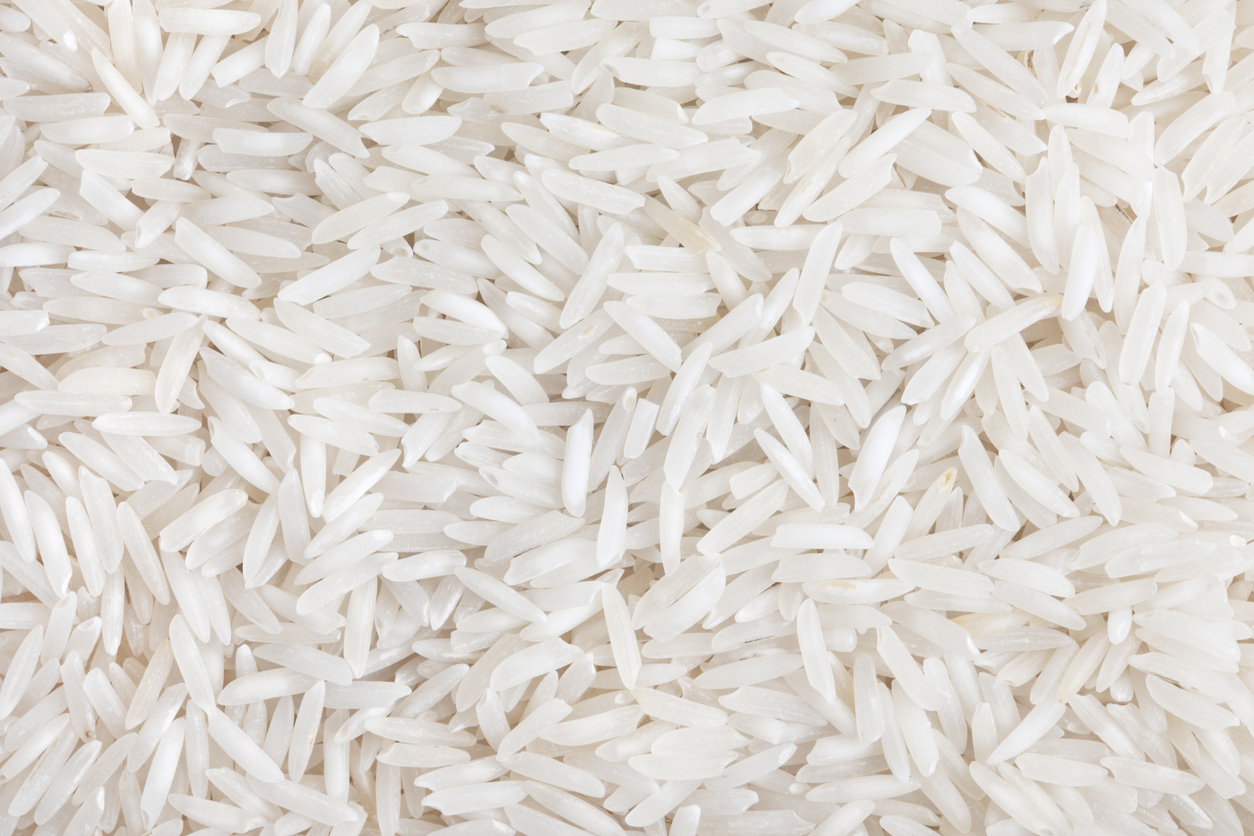
Reducing Cadmium in Rice Grains Using CRISPR
August 30, 2023| |
Researchers from the Chinese Academy of Sciences and partners reported successfully reducing cadmium in rice through gene editing. Their findings are published in the journal Stress Biology.
Cadmium is a heavy metal that can cause cancer and other health problems. It can build up in rice grains, a staple food in many parts of the world. One way to reduce cadmium in rice grains is to knockout the OsNRAMP5 gene, which encodes a protein that helps rice plants take up cadmium. However, knock out of the OsNRAMP5 gene can negatively impact plant growth and yield.
In a recent study, the researchers have found a way to reduce cadmium in rice grains without the adverse effects of OsNRAMP5 knockout. They used CRISPR-Cas9 to modify the regulatory region of the OsNRAMP5 gene. While this technique did not affect the expression of the gene, it did reduce the amount of protein that was produced. Thus, the reduced amount of OsNRAMP5 protein resulted in lower levels of cadmium in rice grains. However, it did not affect the amount of manganese in the grains, nor did it negatively affect plant growth or yield.
The findings provide a new method to reduce cadmium in rice grains without compromising the grain's nutritional value or the overall yield of rice production.
Read the research article in Stress Biology.
| |
You might also like:
- Gene Responsible for Cadmium Accumulation in Rice Grains Found
- Development of Low Cadmium Elite Indica Rice Cultivars via CRISPR-Cas9
- OsMYB45 Plays a Vital Role in Cadmium Stress Resistance in Rice
Biotech Updates is a weekly newsletter of ISAAA, a not-for-profit organization. It is distributed for free to over 22,000 subscribers worldwide to inform them about the key developments in biosciences, especially in biotechnology. Your support will help us in our mission to feed the world with knowledge. You can help by donating as little as $10.
-
See more articles:
-
Gene Editing Supplement (August 30, 2023)
-
Research and Tools
- Reducing Cadmium in Rice Grains Using CRISPR
- CRISPR Turns Off Bitter Taste, Improves Soybean Seed Germination
- Scientists Develop GABA-fortified Rice Plants
- Gene Editing Used to Enhance Maize’s Plant Architecture and Drought Tolerance
- Czech Agri Minister Champions NGTs for EU's Food and Climate
-
Policy Considerations and Approvals
- Report Shows Update on USDA's SECURE Rule About Agricultural Biotechnology
-
Read the latest: - Biotech Updates (December 17, 2025)
- Gene Editing Supplement (December 17, 2025)
- Gene Drive Supplement (February 22, 2023)
-
Subscribe to BU: - Share
- Tweet

